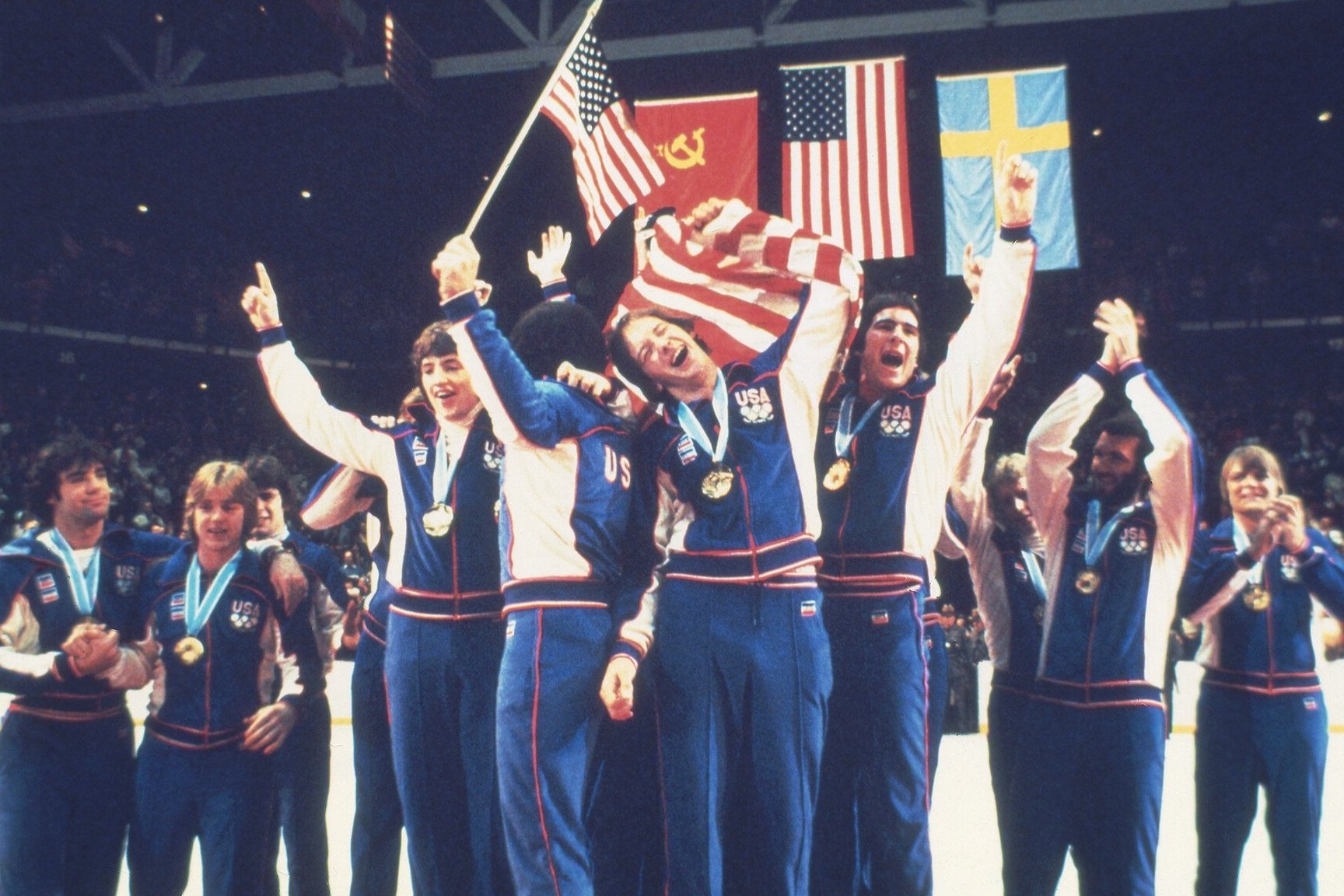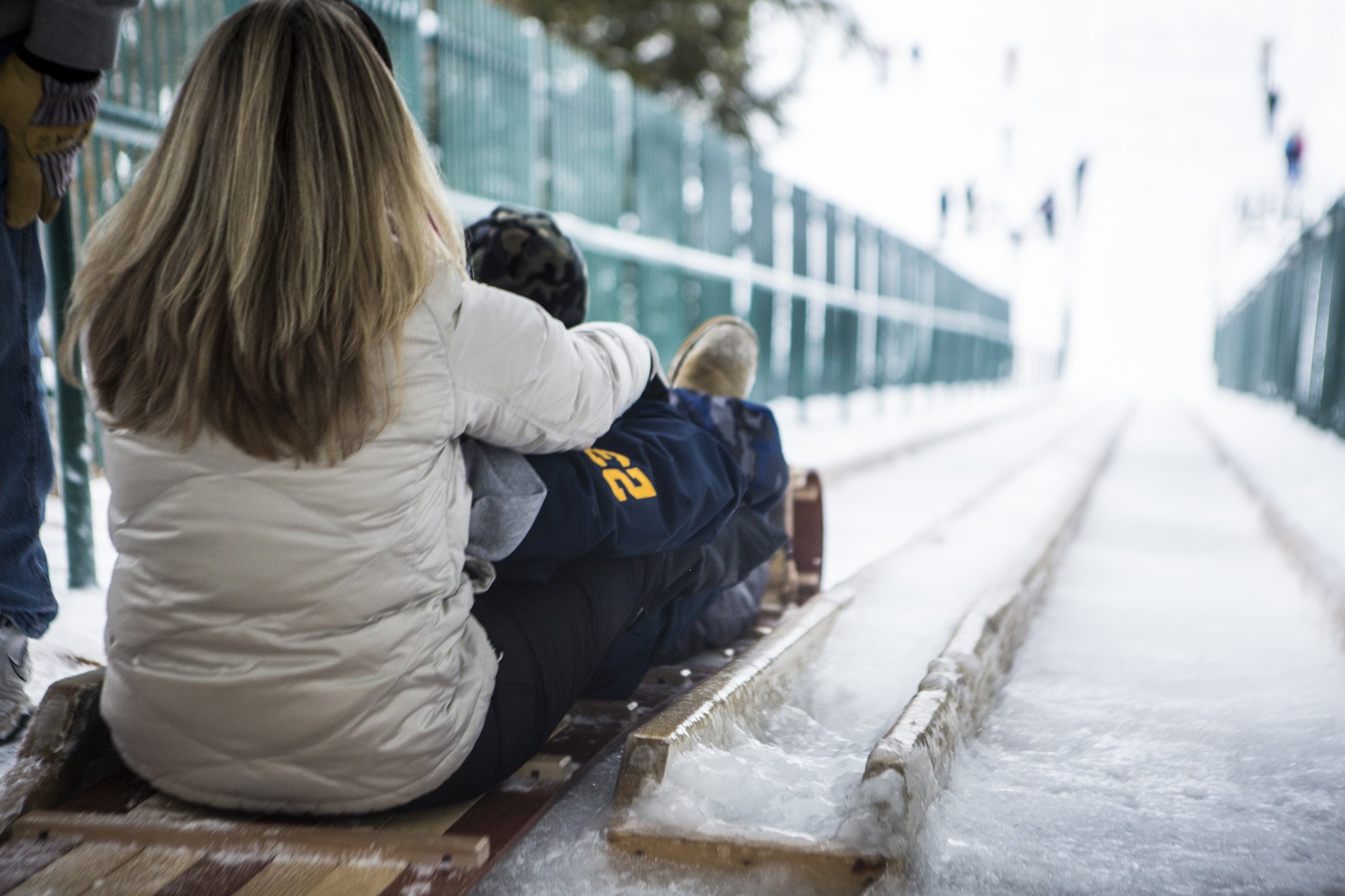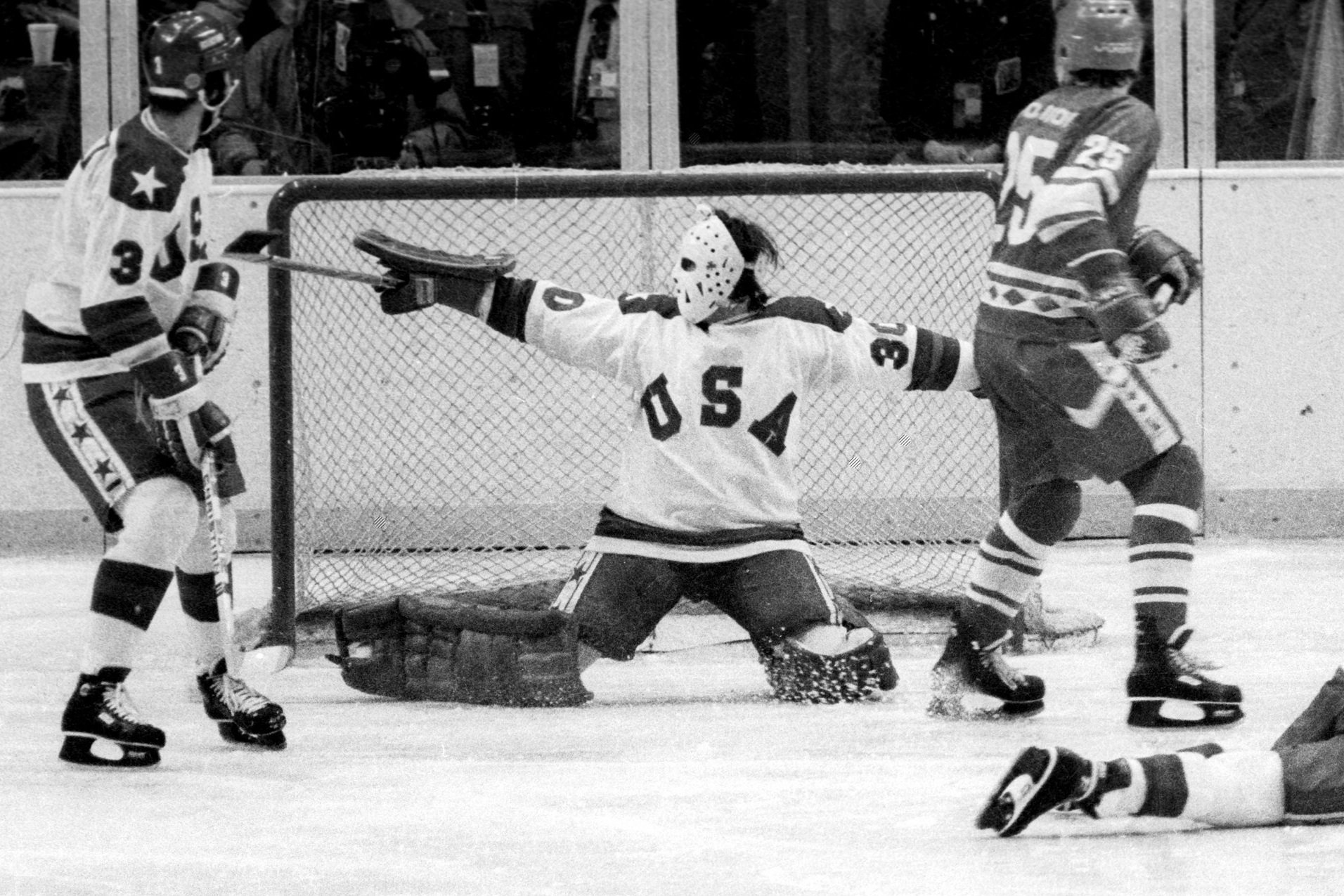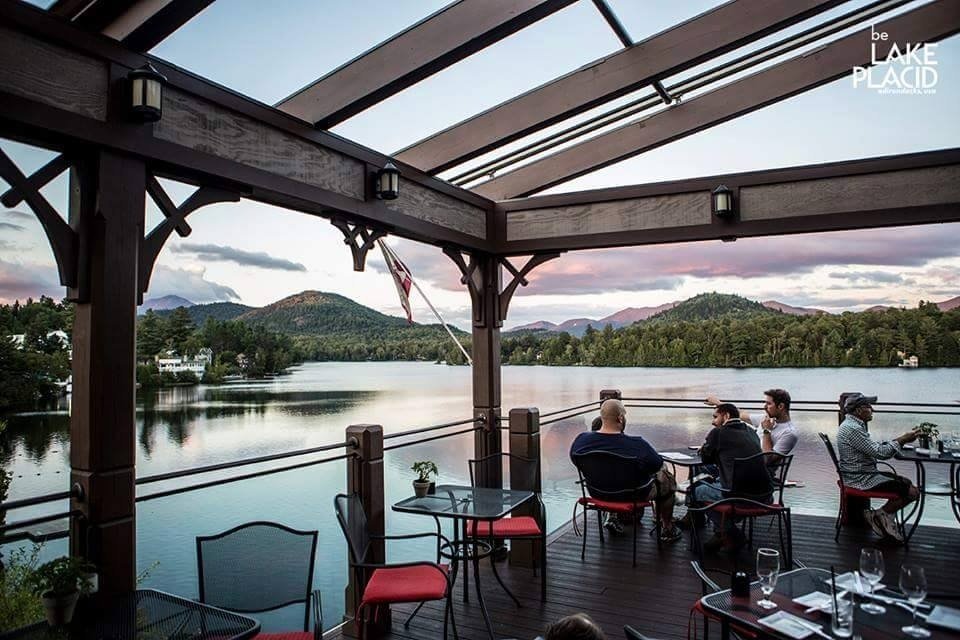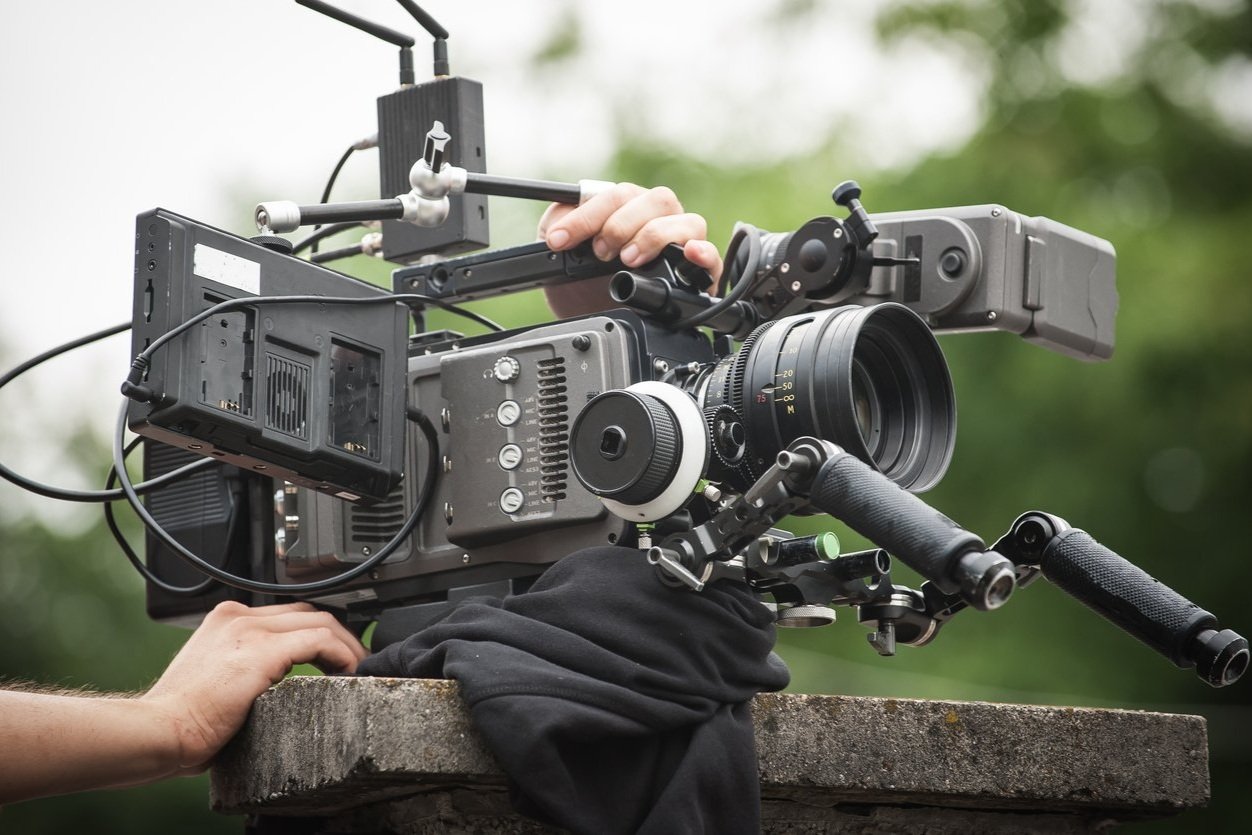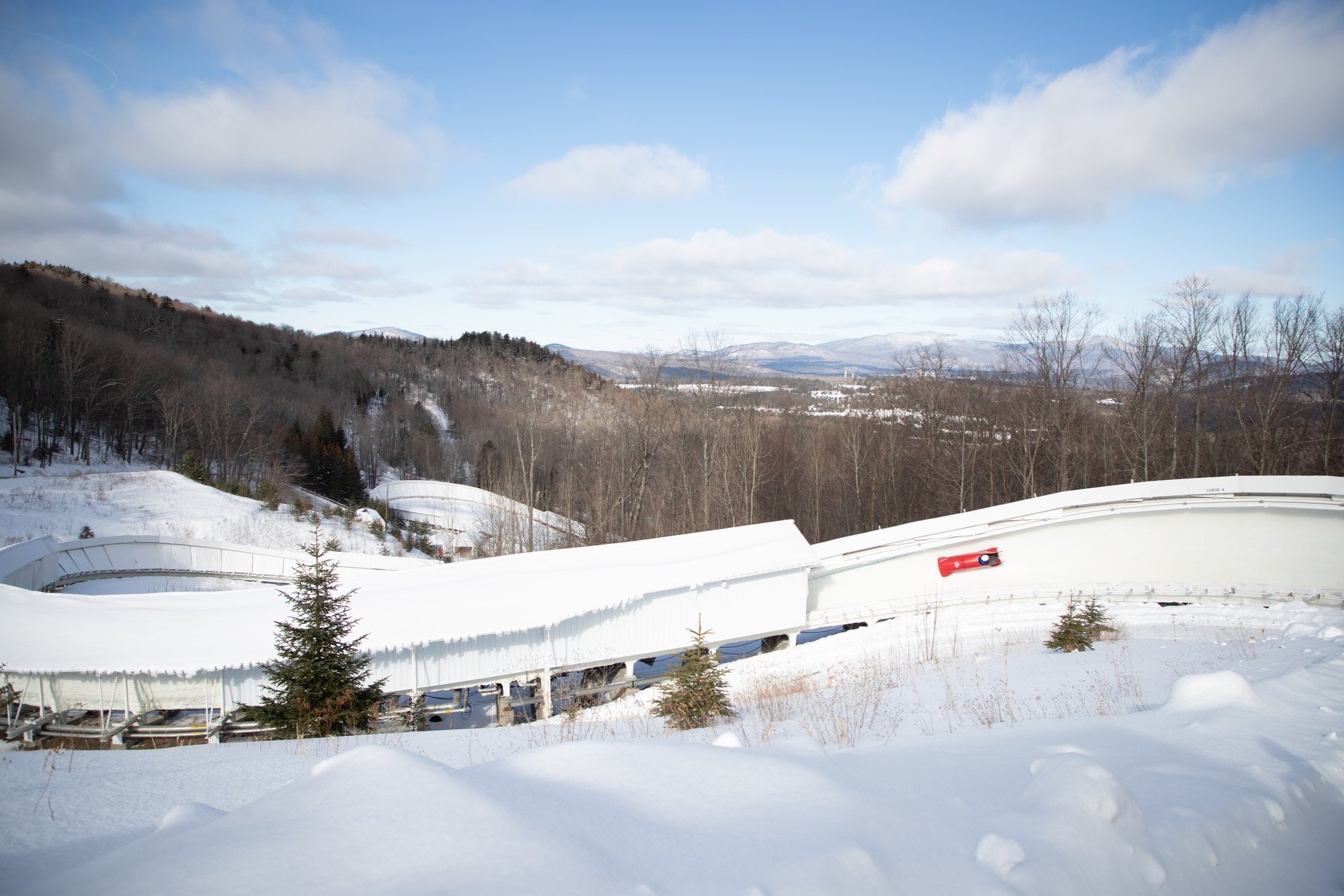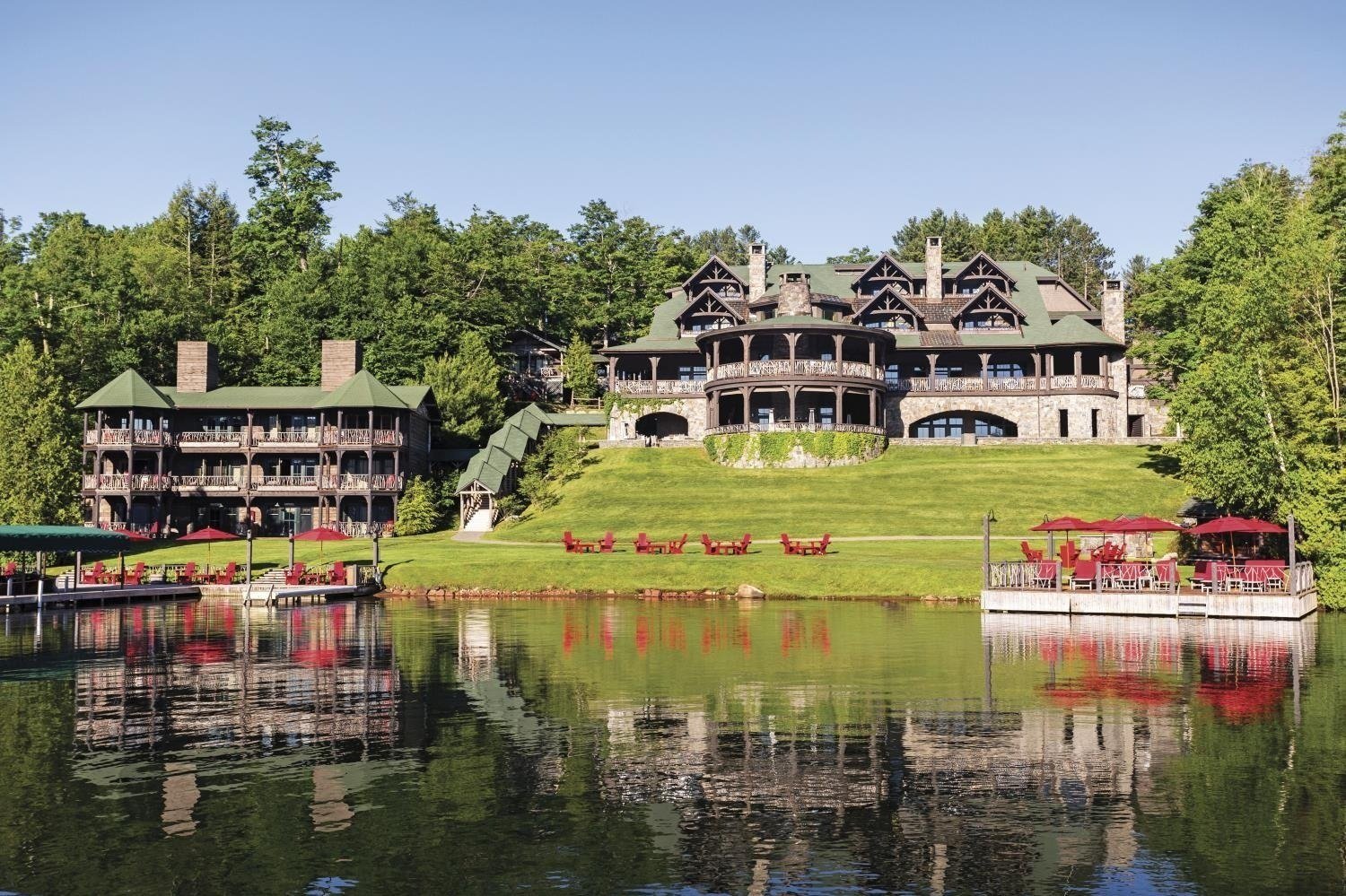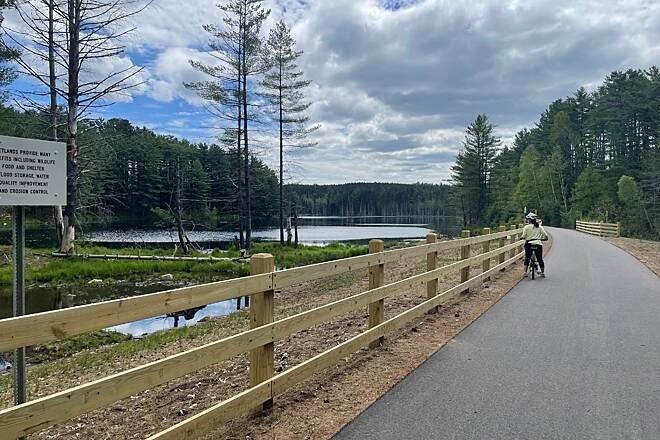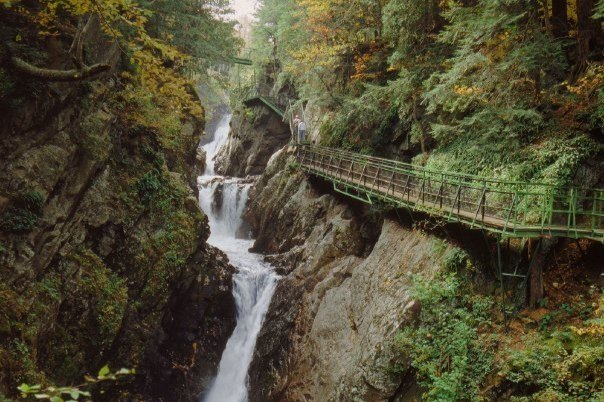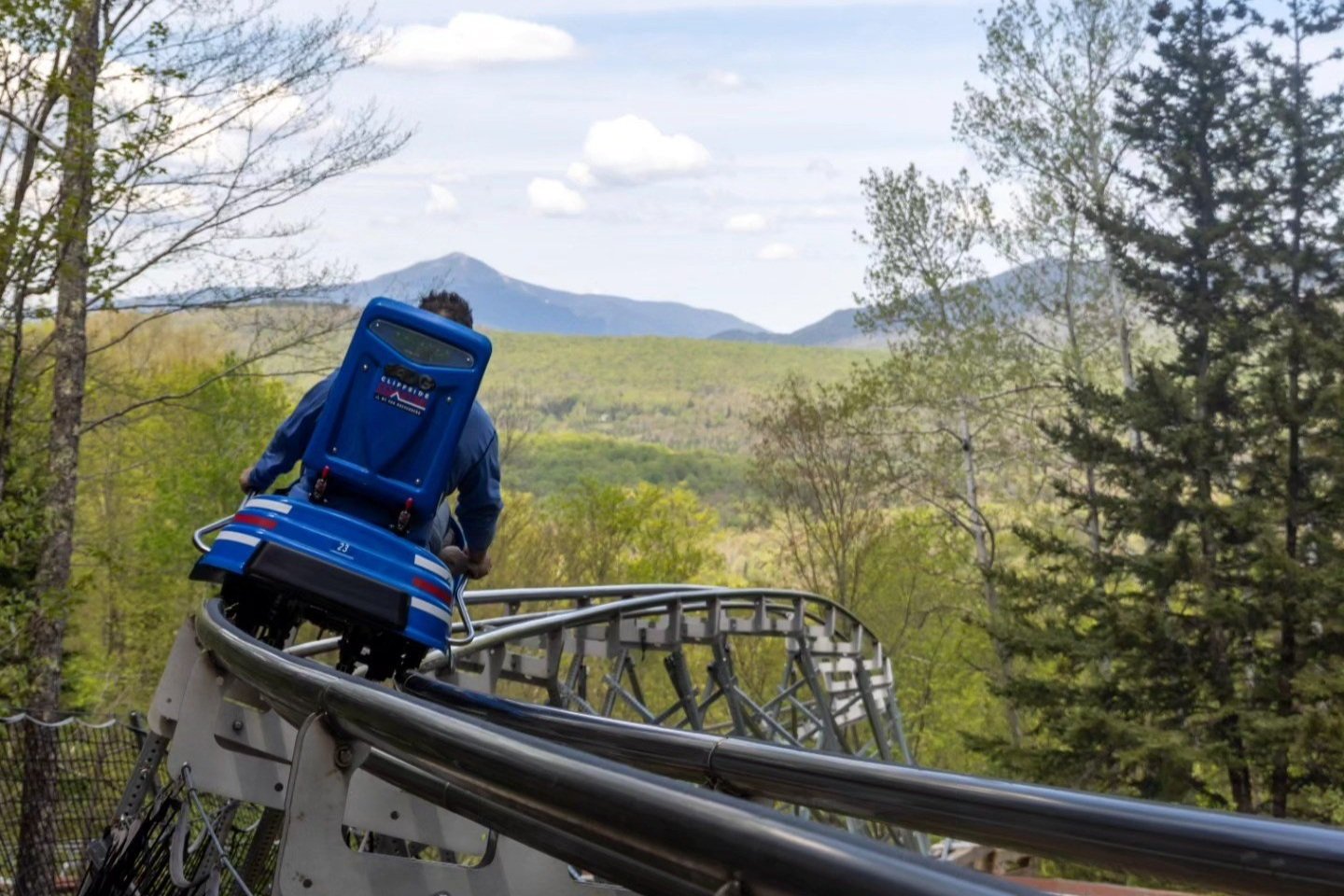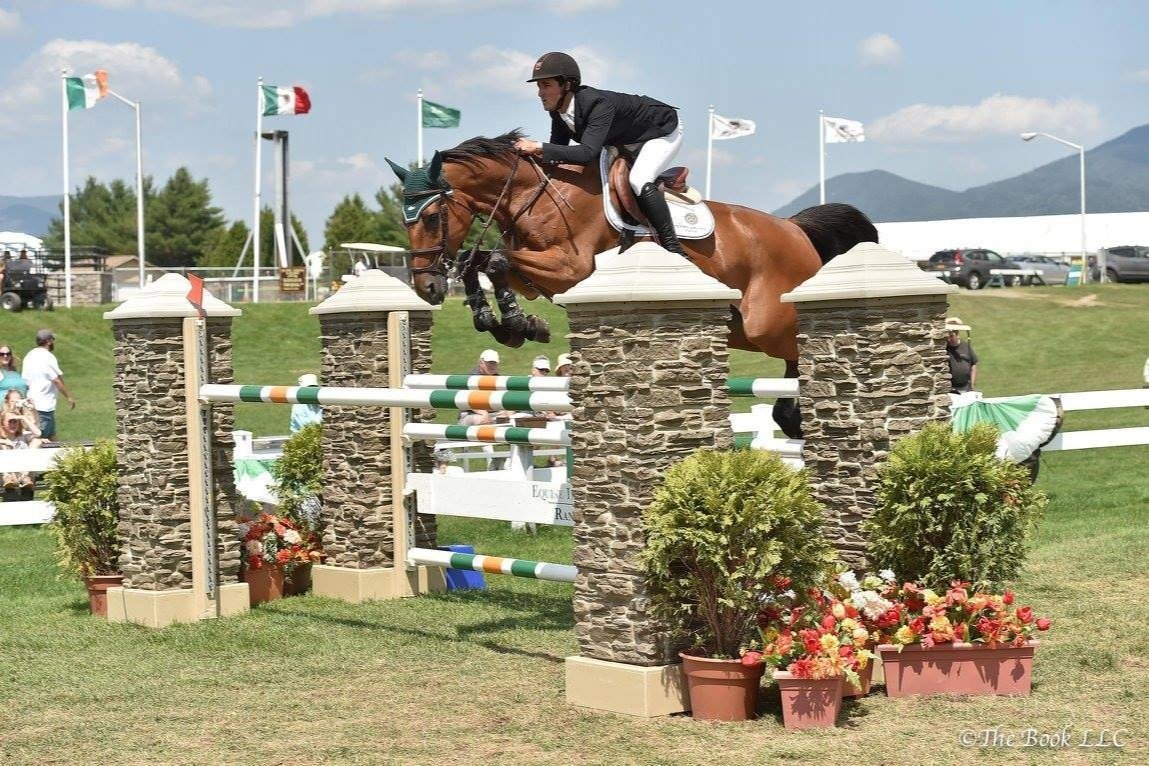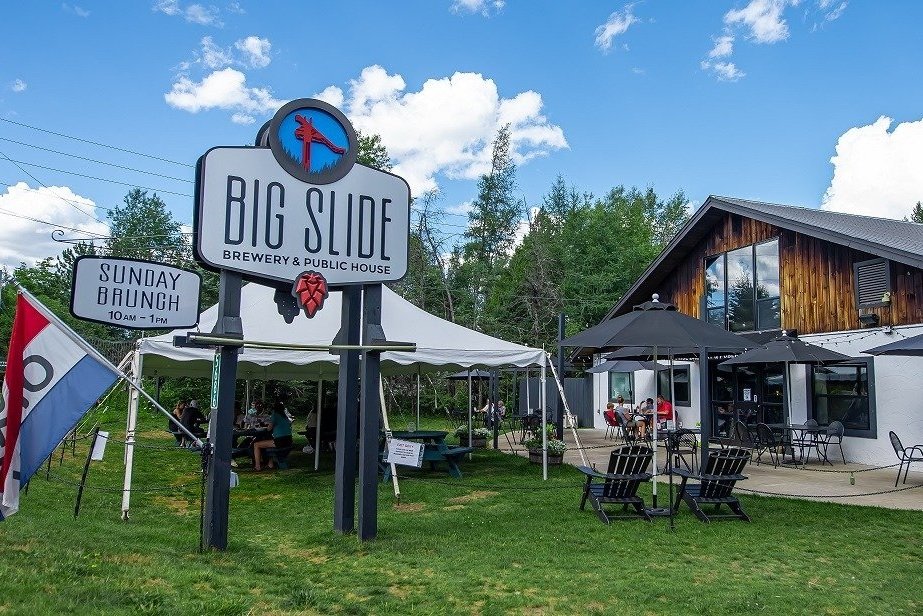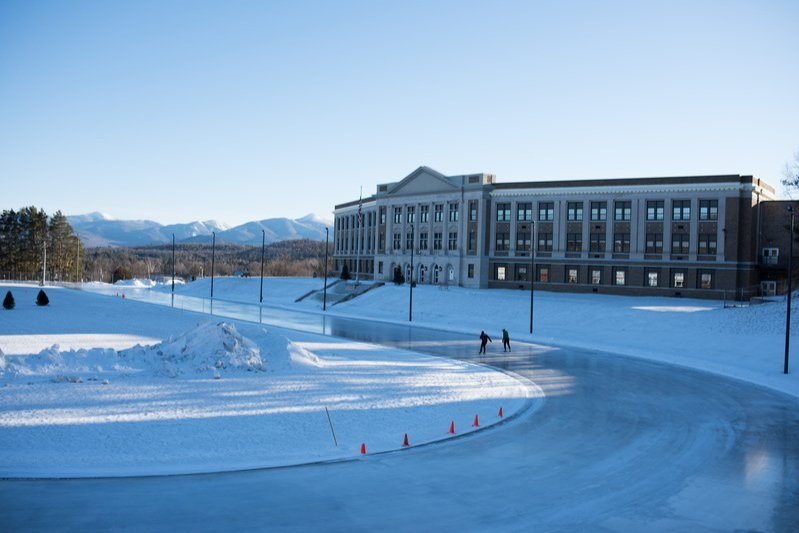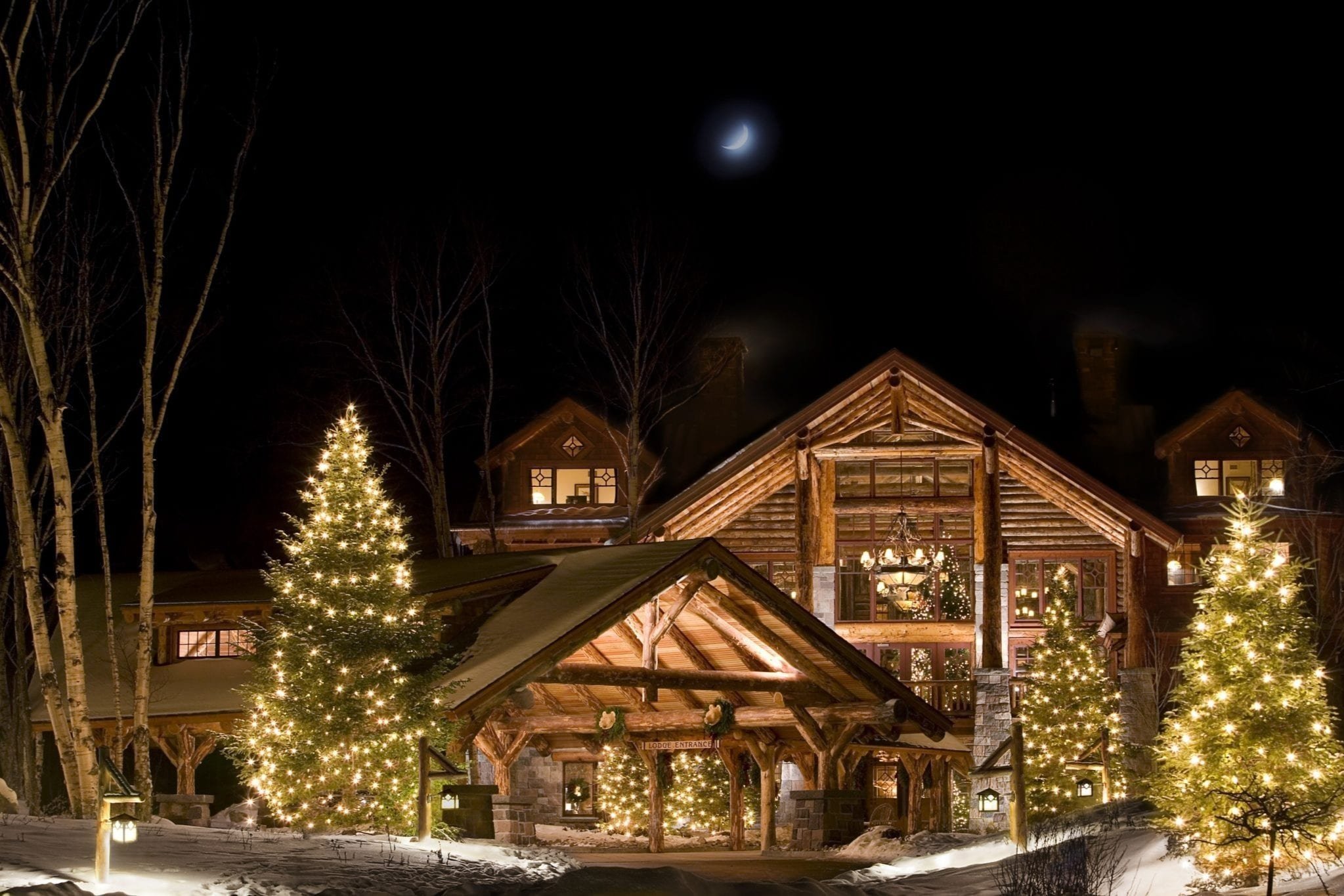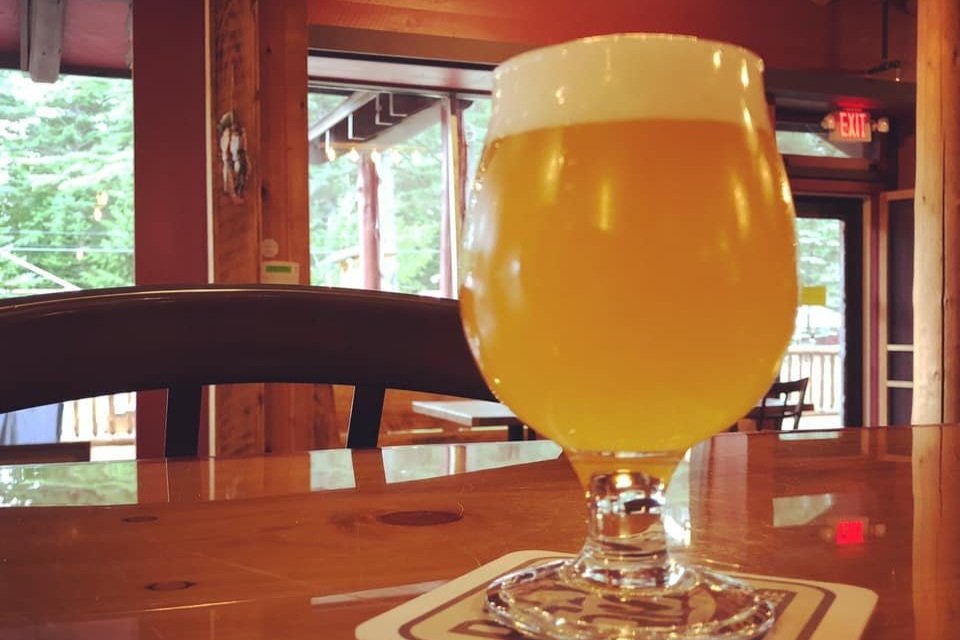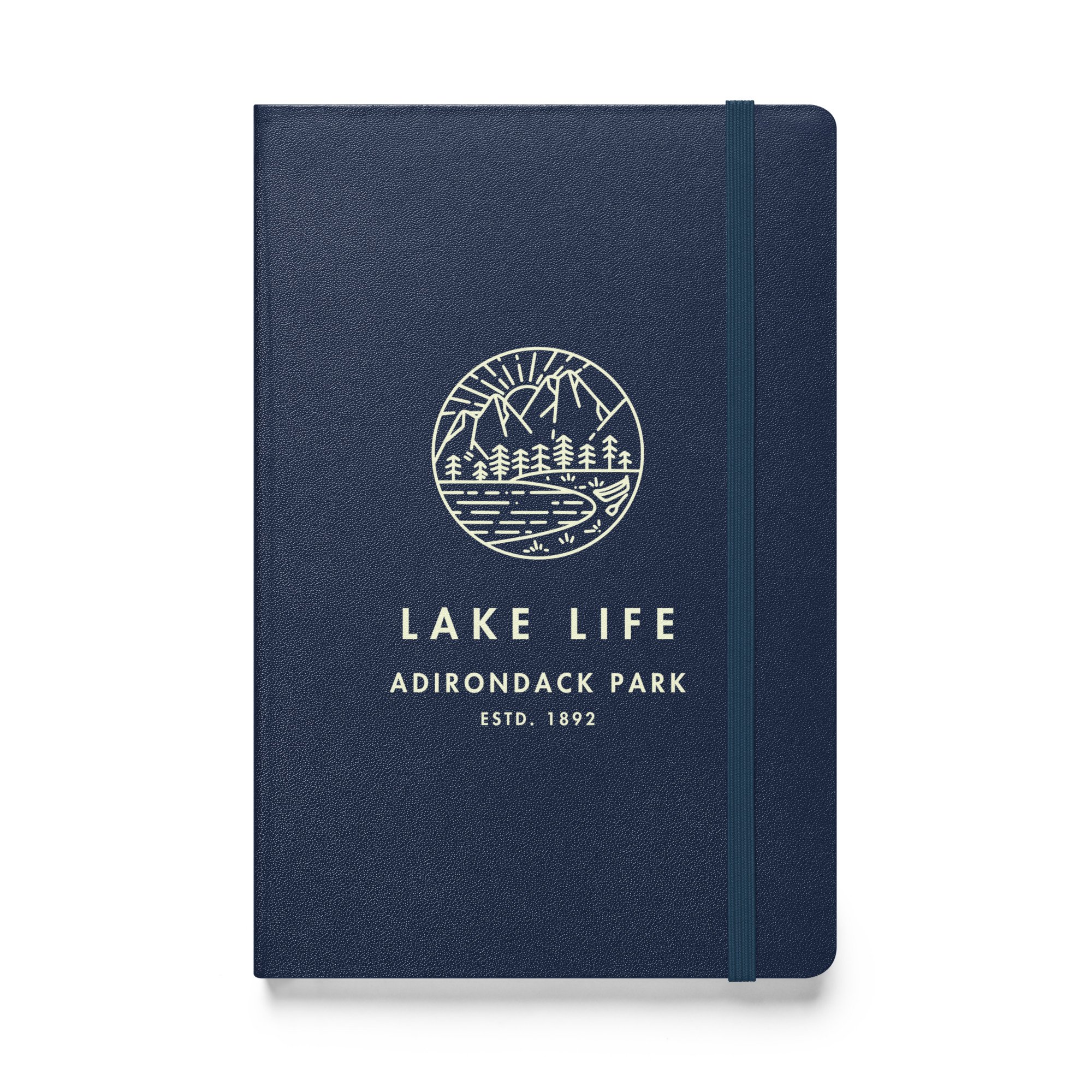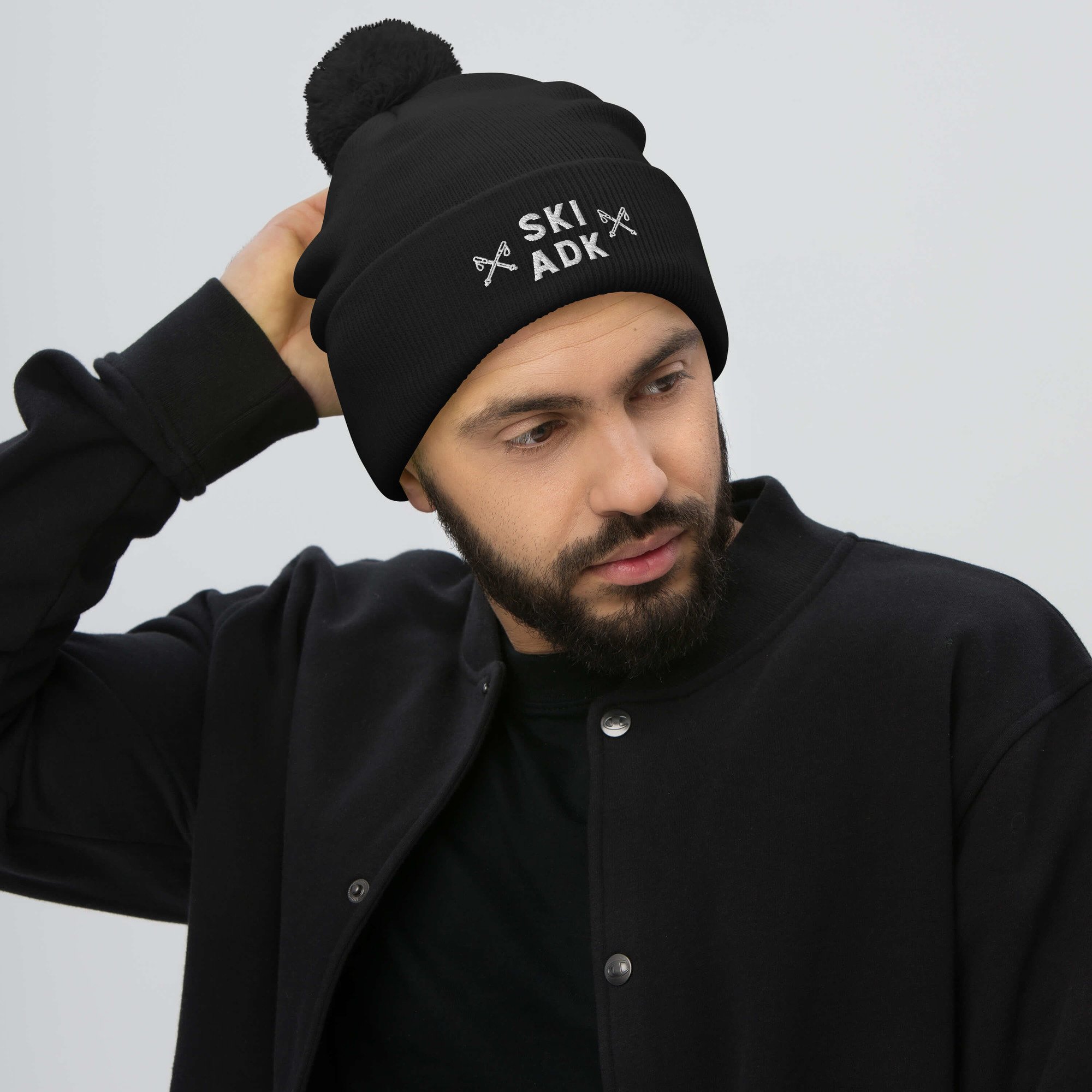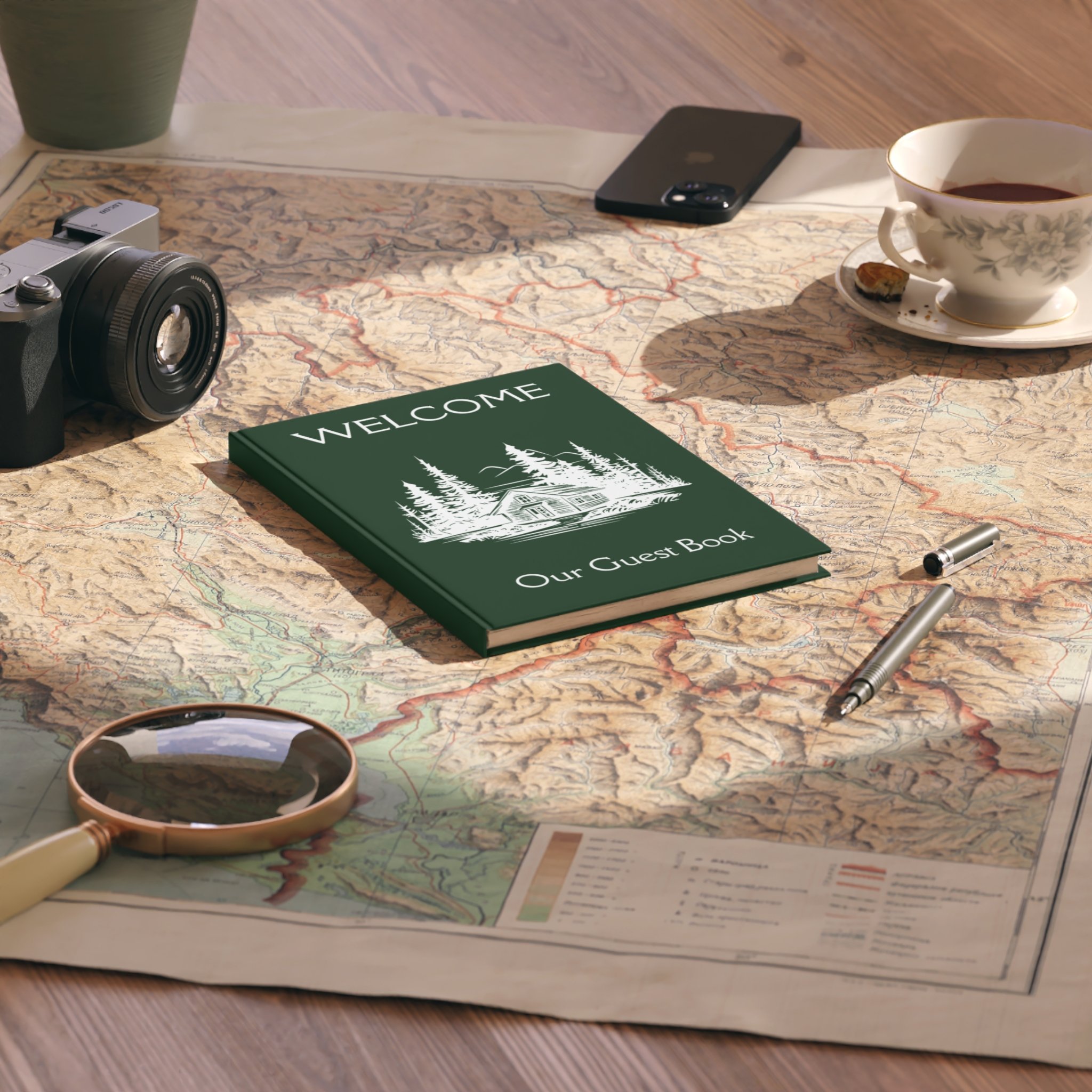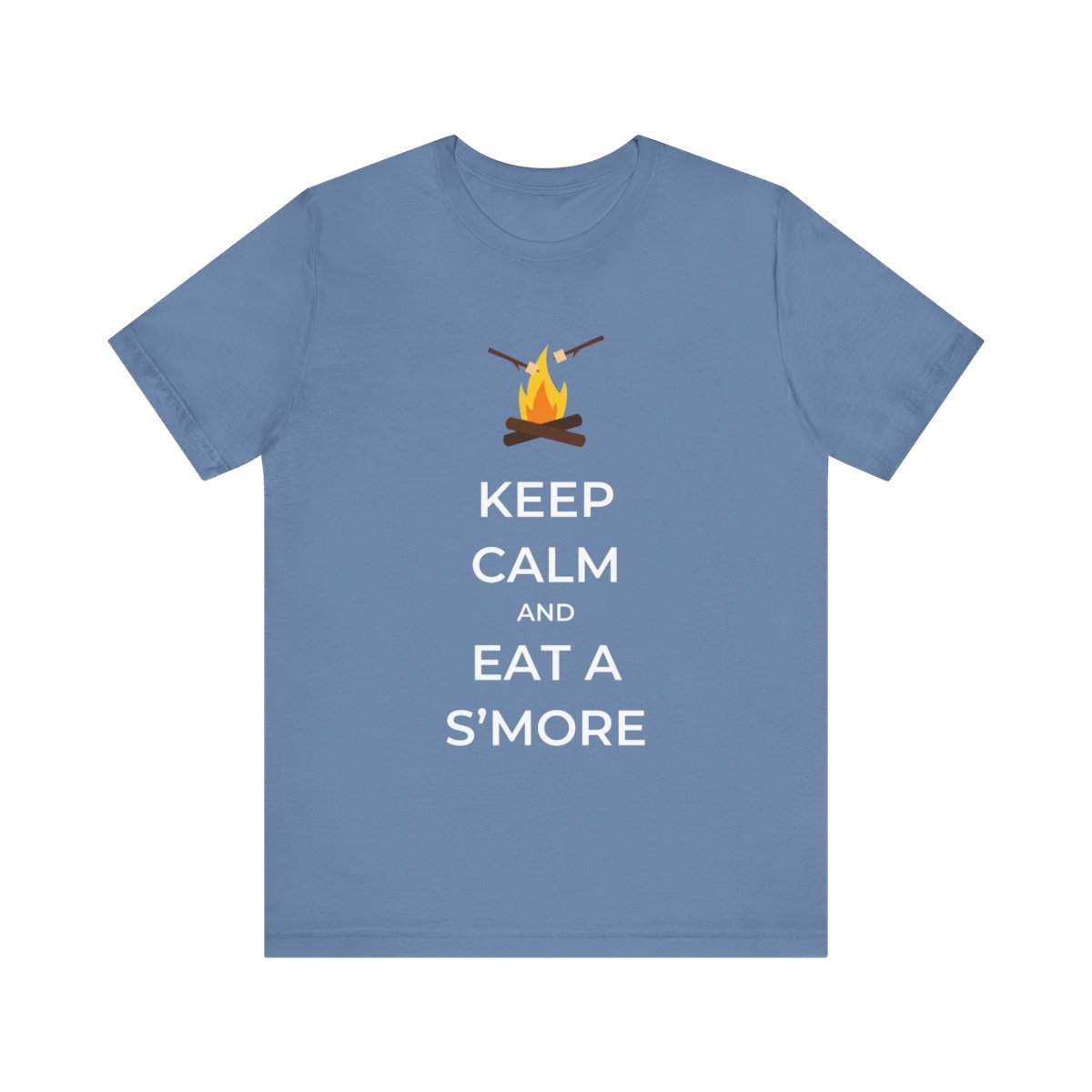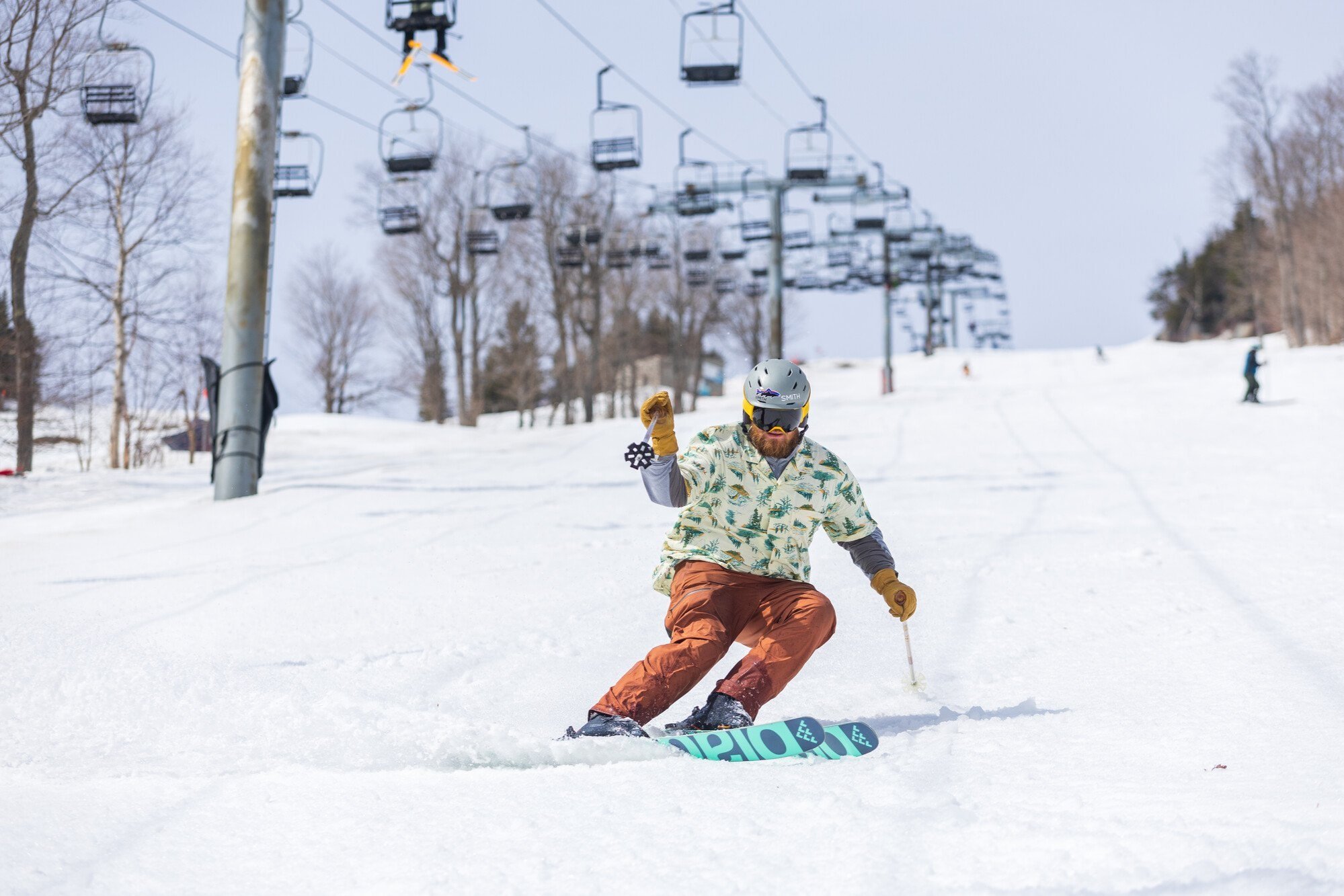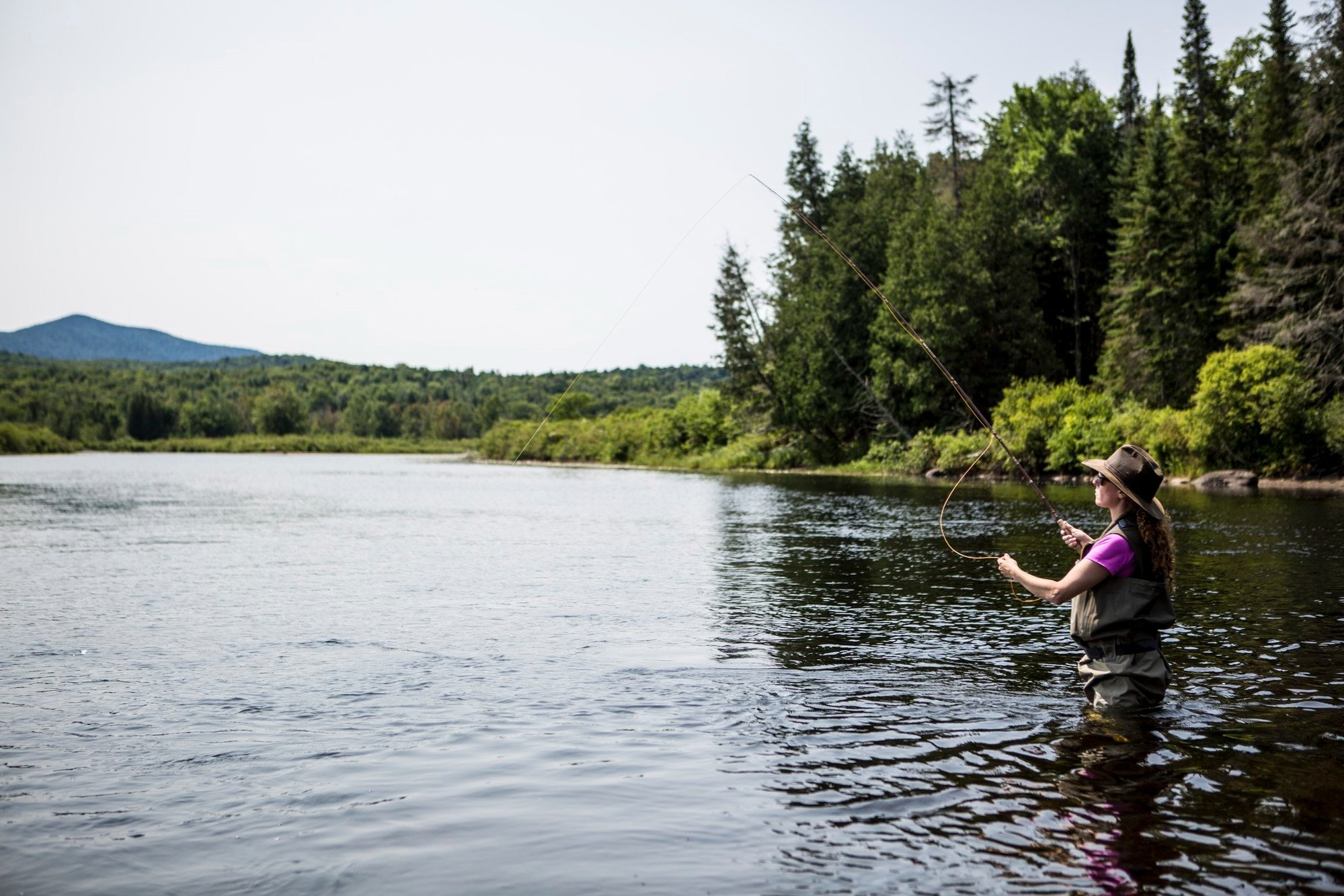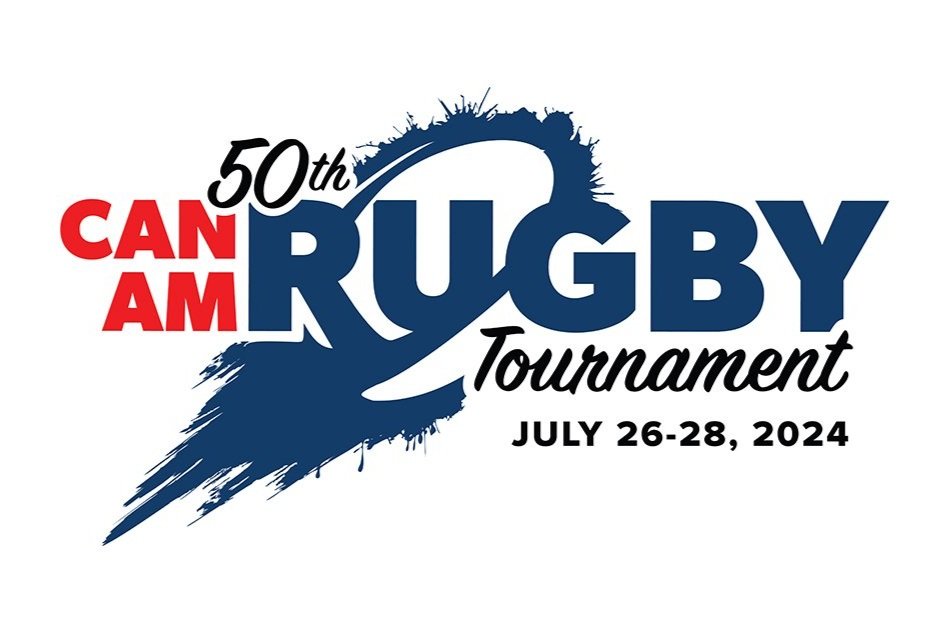The Miracle on Ice: A Historic Triumph in Lake Placid
45 years later, the tale of how the U.S. men's Hockey Team conquered the Soviet Union team endures.
United States goalie Jim Craig sprawls to make a save on the Soviet Union's Vladimir Golikov during the “Miracle on Ice" at the 1980 Olympic Games. Photo: Tom Sweeney/Star Tribune via AP.
In the quaint winter town of Lake Placid, New York, an unassuming hockey rink became the stage for one of the most extraordinary moments in sports history.
On February 22, 1980, during the Winter Olympics, the U.S. men’s hockey team delivered an underdog victory over the Soviet Union, a feat now immortalized as the "Miracle on Ice." This triumph was more than just a game—it was a cultural moment, a symbol of resilience, and an enduring legacy for a small mountain village that captured the world’s attention.
The underdog story.
Few gave the U.S. men’s hockey team a chance at the start of the Olympic Games. Composed of collegiate players with an average age of 21, the team was up against a Soviet squad considered the most dominant in the world.
The Soviet team had won gold in the previous four Olympics and regularly outperformed professional NHL teams in exhibitions, establishing a reputation for hockey supremacy that made the U.S. victory all the more remarkable.
The Olympic Center in Lake Placid.
By contrast, the U.S. team was seen as scrappy and inexperienced. Just months before the Games, it was cobbled together under the leadership of coach Herb Brooks, a visionary and disciplinarian who took a unique approach to shaping the team.
He famously put the players through grueling conditioning drills, even making them skate “suicide laps” (which they nicknamed “Herbies”) after games. The players would sprint from the goal line to the first blue line, back to the red line, back, and so on, repeating the pattern until they reached the other goal line. This intense drill was a testament to the team's perseverance and determination, key factors in their historic victory.
Brooks leveraged methods to instill mental toughness and unity. He famously told the team, “The name on the front of the jersey is a lot more important than the one on the back.”
The game that changed everything.
By the time the U.S. faced the Soviet Union in the medal round, the team had already exceeded expectations, going undefeated in the preliminary games. Still, the Soviet team was the heavy favorite.
The game was played at the Olympic Center (now the Herb Brooks Arena), with 8,500 spectators packed into the stands and millions watching on television.
The Soviet team opened the scoring, but the U.S. stayed competitive, trailing only 3-2 going into the final period. However, the U.S. team’s strong performance so unnerved the Soviet coach, Viktor Tikhonov, that he pulled a surprise move in the second period.
The Final minute of the USA vs USSR 1980 Olympic match.
He benched his legendary goaltender, Vladislav Tretiak, and replaced him with his backup, Vladimir Myshkin—a decision that hockey historians still debate.
Team captain Mike Eruzione scored the go-ahead goal in the third period, making it 4-3. For the final 10 minutes, the U.S. team held off relentless Soviet attacks. As the seconds ticked down, broadcaster Al Michaels delivered his now-iconic line: “Do you believe in miracles? Yes!” The U.S. secured one of the most stunning upsets in sports history.
While no record exists of Brooks’s full pregame speech, players recalled his motivational words: “You were born to be a player. You were meant to be here. This moment is yours.”
Two days later, the U.S. team defeated Finland, clinching the gold medal. But the victory over the Soviets captured hearts and minds worldwide.
Beyond the ice: a cultural phenomenon.
The Miracle on Ice resonated deeply with Americans when the nation needed a morale boost. The late 1970s and early 1980s were marked by economic difficulties, the Iranian hostage crisis, and the intensifying Cold War.
The Soviet Union was often seen as the United States’ most formidable rival, both politically and athletically. The game provided a rare, triumphant moment that transcended sports—a victory that felt like a win for democracy, freedom, and the American spirit.
The Miracle on Ice not only boosted American morale but also significantly impacted U.S.-Soviet relations, serving as a symbolic victory amid Cold War tensions.
This statue of Herb Brooks in St. Paul, MN, immortalizes one of the greatest moments in American sports history.
The match became a metaphor for overcoming adversity. President Jimmy Carter later described it as a “triumph of the human spirit.”
In classrooms and lockerrooms, teachers and coaches used the Miracle on Ice as an example of the importance of teamwork and perseverance. Broadcaster Al Michaels’s iconic call, “Do you believe in miracles? Yes!” entered the cultural lexicon as shorthand for achieving the impossible.
The victory also elevated Lake Placid into the global spotlight. For a town of just over 2,500 residents, hosting the Olympics—and being the setting for one of its most dramatic moments—cemented its reputation as a hub for winter sports and international camaraderie.
Lake Placid’s Olympic legacy.
The Miracle on Ice solidified Lake Placid’s place in Olympic history. It remains one of only three cities to host the Winter Olympics twice, the first time being in 1932. Visitors to the town can immerse themselves in its Olympic past at attractions like the Olympic Museum and the Lake Placid Olympic Jumping Complex.
Herb Brooks Arena in Lake Placid, site of the Miracle on ice at the 1980 Winter Olympics.
Lake Placid may still be involved in the future Winter Olympics. The IOC selected it as the alternate location for bobsled, luge, and skeleton races if the facilities in Italy are not completed in time for the 2026 Winter Games.
Lake Placid’s charm as a winter destination extends beyond its Olympic heritage. From skating on Mirror Lake to skiing the slopes of Whiteface Mountain, the town offers a mix of sports history and natural beauty that continues to attract travelers from around the globe.
Pop culture’s nod to The Miracle on Ice.
The Miracle on Ice has been immortalized in film and television, most notably in the 2004 Disney movie Miracle, starring Kurt Russell as Herb Brooks. The film captures the emotional arc of the underdog team and introduces the story to new generations of fans.
The Miracle on Ice remains a touchstone for sports and culture decades later. It exemplifies the power of perseverance, teamwork, and the belief that the impossible can be achieved with determination and heart.
Its enduring legacy inspires generations, reminding us of the power of unity, determination, and the human spirit.
The Miracle on Ice was more than just a hockey game—it was a defining cultural moment that showcased the power of unity, determination, and the human spirit. For those who witnessed it, the memory of that night in Lake Placid remains as vivid as ever. For those who didn’t, it’s a story worth revisiting, both for its sheer improbability and how it brought a nation together.
A trip to Lake Placid offers the perfect blend of history, sport, and scenic wonder if you're seeking inspiration- or simply want to walk in the footsteps of legends.
Plan your visit to Olympic history.
For sports enthusiasts and history buffs, a trip to Lake Placid offers a chance to walk in the footsteps of legends. A visit to the Herb Brooks Arena, the Olympic Museum, or the town’s many outdoor activities provides a glimpse into where history was made and miracles happened.






